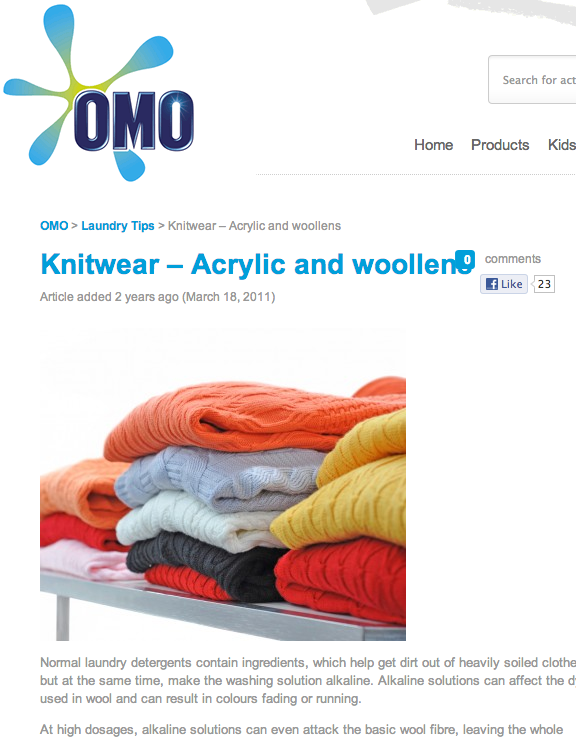I never met a developer who advocated SEO. Most of the entrepreneurs I know see it as a business essential—like a bank account, or a band name. And copywriters seem divided: SEO is either the way to structure any and all text, or a last-minute add-on to make the marketers happy.
Recently, I was working with a client who realised half-way through copy development that he wanted to include the current website’s existing body text into the new content we were writing.
Why? SEO. He was worried his business would lose search rank if he replaced the current web text.
I suggested keeping the current text intact as it was and framing the new copy around it, but he liked our new copy better. He wanted to shoehorn existing sentences into the new content wherever they might fit (so long as it was fairly high up on the page).
He revised a page of our draft text to integrate these sentences. We’re not talking a lot of copy here: maybe 50-75 words. But it read badly. In fact, the readability scores for his revised text were two full grades higher than our original copy.
When I pointed this out, along with some factual issues in the current text that we were aiming to eliminate with the new text, he gave me this answer:
“Oh, I don’t think that matters. No one will read it anyway—I think they’ll just read the headings here and click through to the product demo.”
Well then, I wondered, why clutter up the page with all these boring words anyway? Let’s delete them, leave the headings, and let the people just click on through (if indeed that’s what they were going to do).
The problem with SEO as SEO
This client saw SEO as a separate issue from communication. Of course we couldn’t delete the words no one was going to read from this page—they were the thing that would get us search traffic.
But once those people came, they wouldn’t bother reading the text, they’d just click through. Right?
Well, maybe. I don’t know about you, but as a searcher, when I click through from a search result, the first thing I do is look for the words I’m searching for on the page that’s displayed. Ideally, they’ll be contained in headings, because I’m scanning at this point, and keywords in headings act like signposts: here’s what you’re searching for.
If not headings, it’s good if keywords are contained in links because they’re scannable too. If not there, then I guess I’ll just have to start scanning actual sentences (yawn). Or maybe I’ll just hit the Back button and try another search result.
I don’t think this is an abnormal use case. I believe this is how a lot of people often behave with search results.
Don’t dismiss SEO. Use it to your advantage. It doesn’t have to be about keyword stuffing to address machine algorithms. SEO can be about providing potential users of your product or service with the information they’re looking for.
SEO can help communication
Woah, what? SEO can help communication? Come on. Who are we kidding here?
Okay, we all know that keywords and phrases are never going to comprise your brand messaging (I hope!) or your entire content (I hope!), though if they’re particular enough, some of them may creep into your brand vocabulary.
But knowing what people are searching for, and how your product or service meets that need, can help you communicate more clearly—and more quickly—with those users.
It can tie your brand closely to the user’s need from the outset.

Search term: washing woollens
It can present your unique offering as the precise solution to a generic problem—at a glance.

Search term: logo design in Melbourne
SEO isn’t just about long-form text and sales speak. It’s about making a page answer the user’s questions clearly and efficiently—from the opening phrase (whether that’s your IA or page headline) to the “Buy [keyword] now” button.
It’s about playing with content elements to tell new arrivals to your site that they’re in the right place. Content elements such as:
- headings and subheadings
- links
- calls to action
- case studies and testimonial blurbs
- and, of course, body content.
If you’re the type who’s happy to keyword-stuff your copy because you don’t think anyone will read it, then do us all a favor: just delete it.
Instead, write something that’s useful for all prospective customers—including those coming through search who don’t know where they’ve ended up.
How well does your website content meet this goal? Do you think SEO can help you communicate with prospective customers and users? Let us know your position on SEO in the comments.
Georgina has more than fifteen years' experience writing and editing for web, print and voice. With a background in marketing and a passion for words, the time Georgina spent with companies like Sausage Software and sitepoint.com cemented her lasting interest in the media, persuasion, and communications culture.



